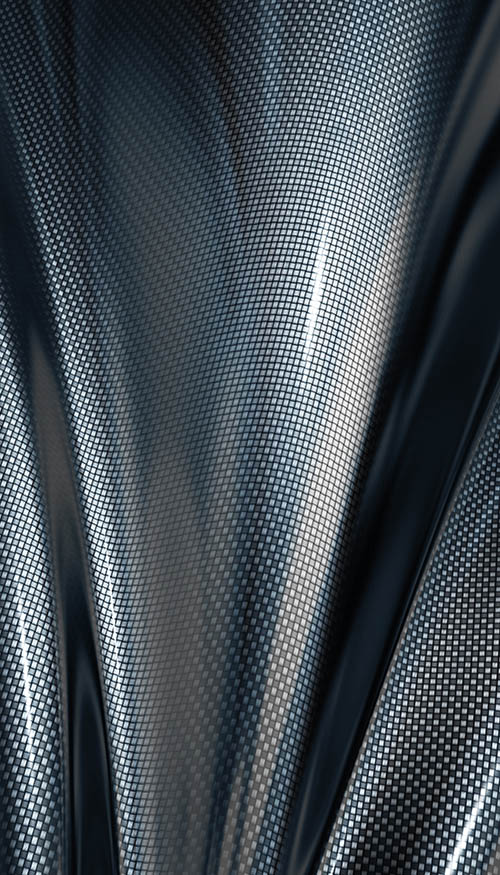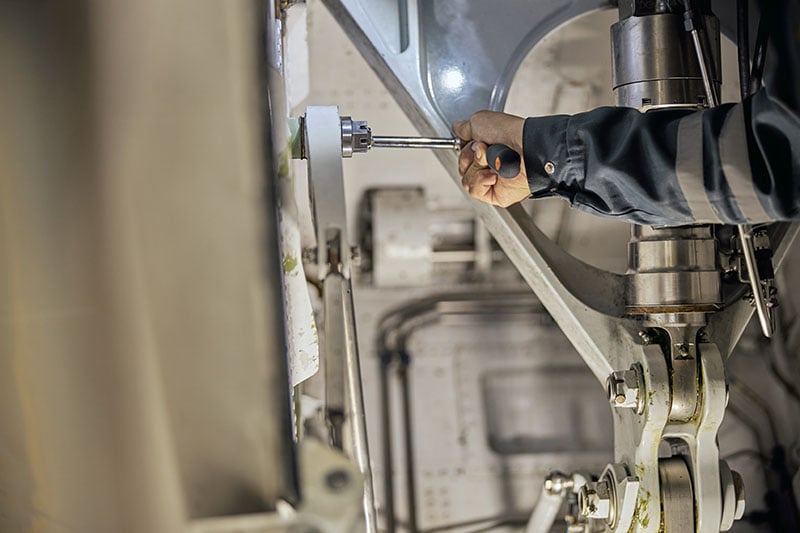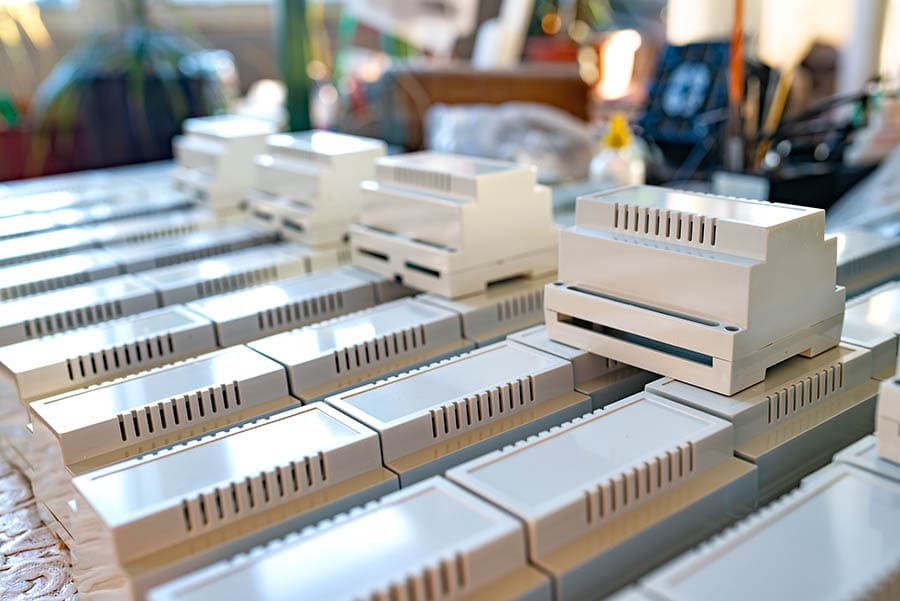Intro
Material selection is a huge consideration to make for every design. Even with the importance of this decision, many designers hold onto myths that could waste time and money. To dispel some myths, we put together a list of 6 myths that pertain to selecting the right material for your CNC machined part.
Myth #1: 4000-Series Metals Are Just for Aerospace
4000-series aluminum alloys have additional silicon, which makes the part more ductile and temperature-resistant. These features are enormous benefits for aerospace designs, but this material isn’t just reserved for Elon Musk.
In reality, a lot of our customers benefit from a 4000-series aluminum alloy in their manufacturing plant. The validity of this alloy comes on a per-project basis, but it’s not as rare as you might think.
Myth #2: Aluminum is Weak
For some reason, there’s this stigma surrounding aluminum. Many people will avoid it and opt for steel instead since aluminum comes across as the weaker little brother. While it is mechanically weaker, it’s still stronger than people think.
In most cases, aluminum can do the same job for less money, less machining time, and lower weight than steel offers.
Simply defaulting to titanium or carbon steel in your designs could be costing your operation a lot of time and money.

Myth #3: Carbon Fiber Is Always the Best Material
On the other end of the spectrum, plenty of businesses think that carbon fiber is the new best material. You’ll hear companies tout about their carbon fiber usage, and it became a buzzword to get media attention.
The truth is that a low-grade metal can run circles around carbon fiber in most industrial applications. Carbon fiber comes with a huge price tag thanks to the complex manufacturing processes required to make it.
We rarely suggest that our clients use CF in their applications.
Myth #4: Material Selection Isn’t Super Important
Sometimes, a designer won’t specify what material they want because it seems like a trivial decision. Your material selection could be the difference between a $100,000 part that doesn’t work in your application and a $500 part that does.
Huge stress should be placed on material selection. It determines things like:
– Cost
– Turnaround time
– Operational success
– Lifespan of the part
– Your operation’s yield
– What type of fabricator do you use
– Strength, flexibility, and temperature resistance of the part
To improve your experience, you should consider starting with the material selection before beginning the design phase of a part (whenever possible).
Myth #5: Plastics Aren’t Viable in Manufacturing
Some manufacturing plants avoid using plastic altogether. Did you know that a plastic like nylon or PEEK could be your lost-cost solution to the biggest problem in your facility?
Since there are so many different plastics on the market, it’s easy to customize the results you get with a piece you design in plastic. The best part is that high-run plastic parts can be exponentially less expensive than the same parts made in metal.
Myth #6: Stainless Is the Best Kind of Steel
Stainless steel has some great benefits, but it’s not the best type of steel for every application. Stainless steel offers some excellent corrosion resistance and overall strength, but it comes at a premium cost. The cost is higher because the raw material is more expensive, and the machining processes take more time.
In plenty of applications, surface-treated carbon steel can perform better than stainless steel at a fraction of the cost.
When in Doubt, Consult an Expert
Some people devote their whole lives to understanding how materials work. You don’t need that level of expertise in your corner when it comes to material selection, but it does help to talk to an expert.
The right person to help you would be either an experienced designer, tenured mechanical engineer, materials engineer, or a machine shop with plenty of industry experience.
These professionals can explain even more myths when it comes to material selection.
Conclusion
When it comes to material selection for CNC machined parts, there are a lot of myths. If you have further questions about any of these misconceptions or questions regarding designs for your operation, don’t hesitate to reach out to us. Our team at Rapid Axis is here to deliver exceptionally machined parts for a number of different industries and applications.


